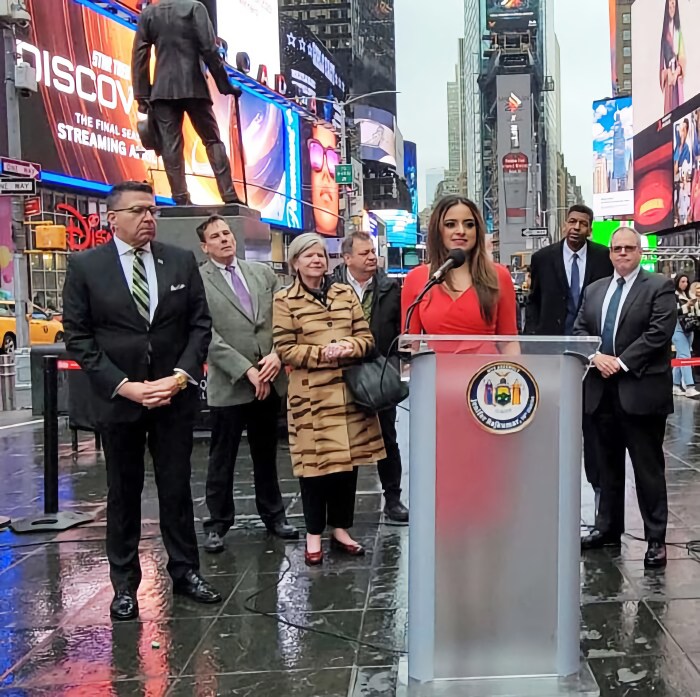But let’s consider this merely a starting point in wider public consultation.
Have you had a look at the pamphlets hanging in every TTC vehicle?
Did you read the list of bus routes that are proposed for elimination or cutbacks?
It seems only a short while since the TTC announced plans to expand bus service — especially during off-peak hours.
I had hoped the bus routes at my local subway stop would this fall begin running later — actually continuing to operate until the last train rolled through the station.
I don’t know how many riders across Toronto were relishing the idea of more buses running more often, but this good news earlier in 2007 was then compounded by summer announcements of future light rail and subway lines.
Now autumn is upon us and the news has somehow gone in the other direction.
No bus improvements are coming — instead scores of lesser-used routes are on the chopping block for 2008.
Fares seem destined to go up at least ten cents per ride — maybe by a quarter.
The operating budget at the TTC is separate from the capital one, so new lines can still be built.
But why invest in more tracks without a stable flow of cash to keep vehicles moving?
It’s clear the TTC needs consistent operating funds, but there isn’t one simple way to do that.
The public survey material names a combination of remedies, such as convincing the province to “upload” services that the city now pays for, raising local property taxes, and instituting new taxes on land transfers and vehicle registration.
The politicians who sit on Toronto city council and the transit commission seem divided on which of these should be the focus — and the debate has spread to the provincial parties looking to win this October’s election. It’s going to be a confusing month and a half, and transit riders may be forgiven for wanting to ignore it all.
However, the potential damage from service cuts and/or fare hikes could be enough to neutralize the TTC as a tool in the fight against congestion and pollution. No one — especially no municipal, provincial or federal politician — can avoid facing this issue.
The questionnaire is pretty basic, and the website ttc.ca includes useful charts and details not available in the paper pamphlet. (See “My TTC is:”)
But let’s consider this merely a starting point in wider public consultation.
At the very least, connect with your councillor and let them know how important the TTC is to you.
Next stop: the provincial candidates for your local riding — where do they stand on operating funds for GTA transit agencies?
















